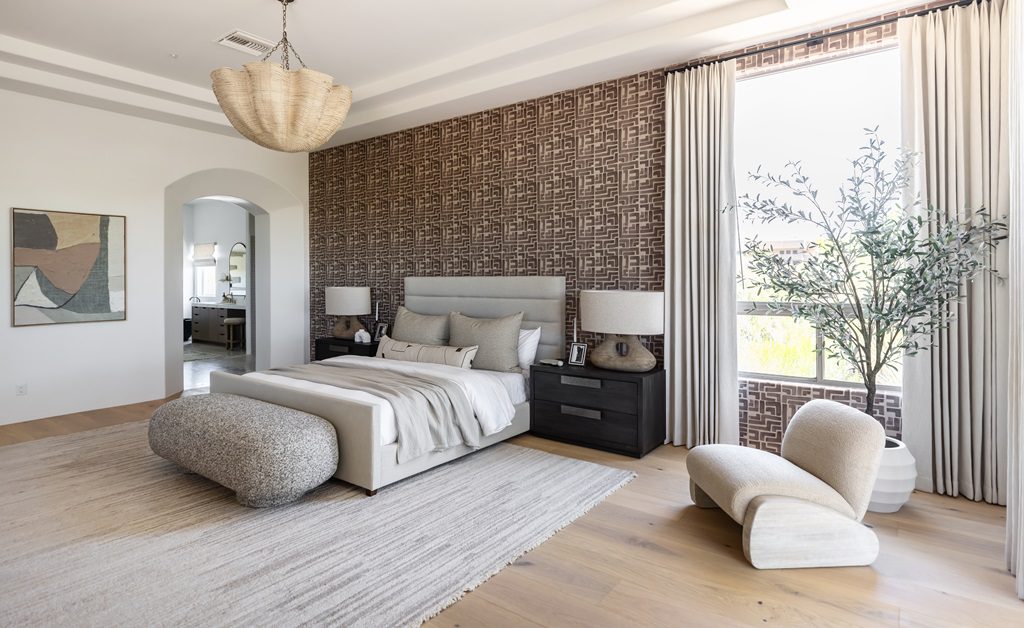Your sleep environment plays an incredible role in your overall sleep quality. The choices you make in bedroom design extend beyond comfy bedding or room-darkening curtains. In fact, these choices can remarkably affect your sleep. Remember, interior design is not just about visual appeal; it’s about creating a space that’s conducive to a good night’s rest.
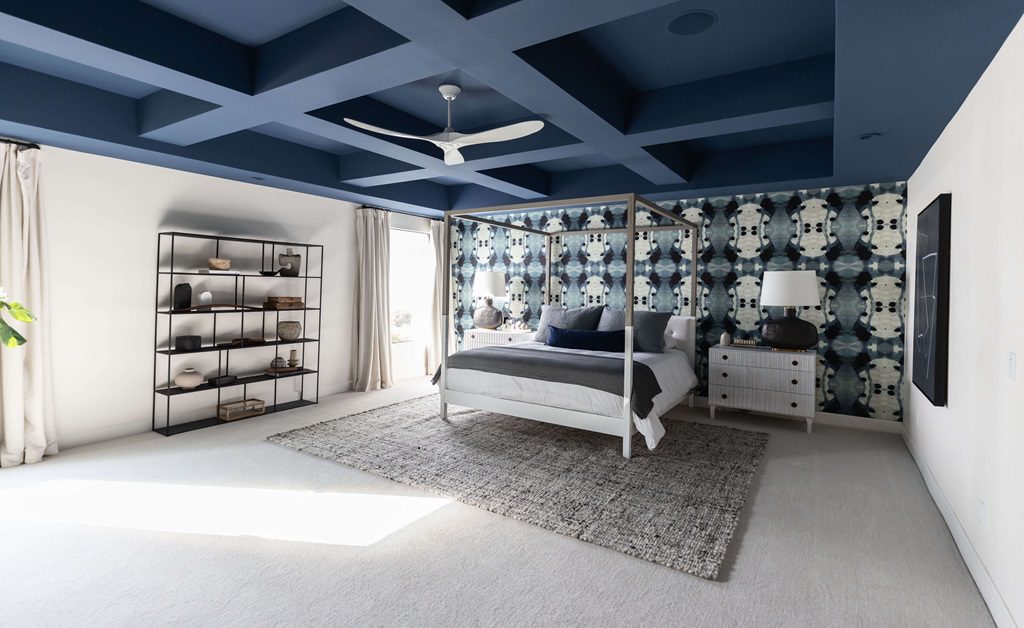
The Ideal Sleep Environment: Setting Up Your Space
Firstly, your bedroom should be your haven – a place purely intended for rest and relaxation. Say no to clutter, aggressive lighting, or the multifunctional use of your room. Keep workstations, gym equipment, and other distractions out of your sleep area. Your design decisions should encourage tranquility, so lean towards simplicity and practicality.
Proper ventilation and the maintenance of a cozy temperature, approximately 65°F or 18°C, are crucial. Adding air-cleaning plants can additionally enhance air quality and give the room a refreshing feel, thus aiding better sleep.
Lighting also plays a part; avoid overly bright overhead lights and switch to dimmable lights or warm, bedside lamps. Investing in blackout blinds or thick curtains can help you control the room’s darkness better, ensuring undisturbed sleep. This focus on interior decoration for a bedroom can make a major difference in the comfort and functionality of your space.
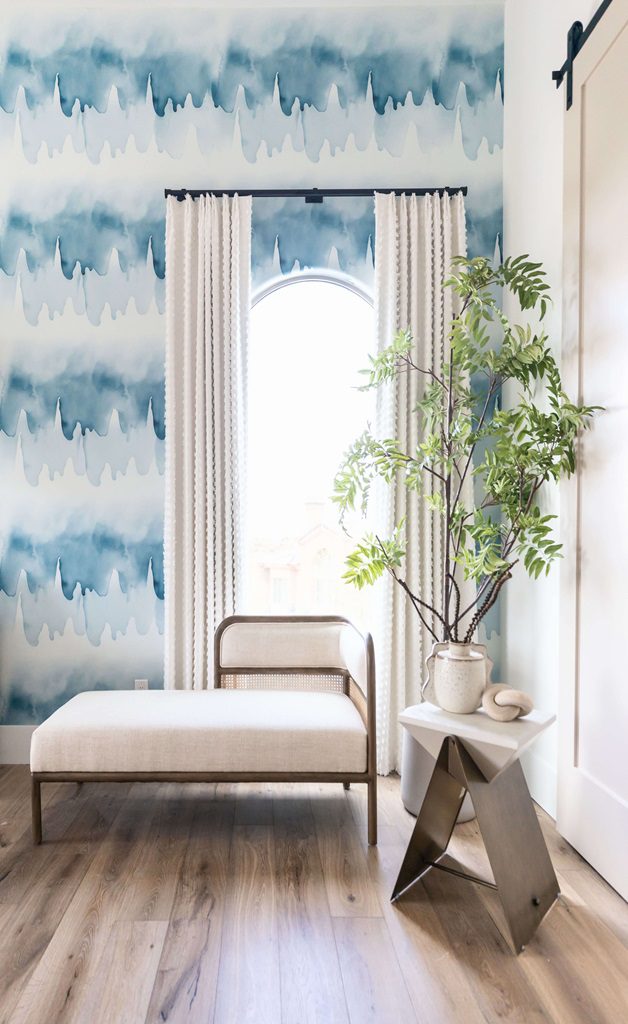
Choosing the Right Color Palette: The Impact of Color
Color has a psychological effect on our mood and energy levels, thus it’s a critical factor for your sleep space. Vibrant, strong colors like red or orange might stimulate rather than help you relax. Instead, go for soothing shades such as light blues, sage greens, or neutral colors.
These colors elicit feelings of peace and relaxation, setting a restful atmosphere to unwind after a hectic day. If you’re inclined towards a monochromatic color scheme, different shades of softer tones—like a mix of pastel lavender with whites—add interest and keep the tone peaceful.
Even accent colors count. You can add a subtle dose of muted colors using decor, but avoid over-stimulation—a bright yellow pillow might draw attention but could disrupt the overall soothing vibe. This highlights how interior design helps in better sleep by carefully selecting colors that support rest.
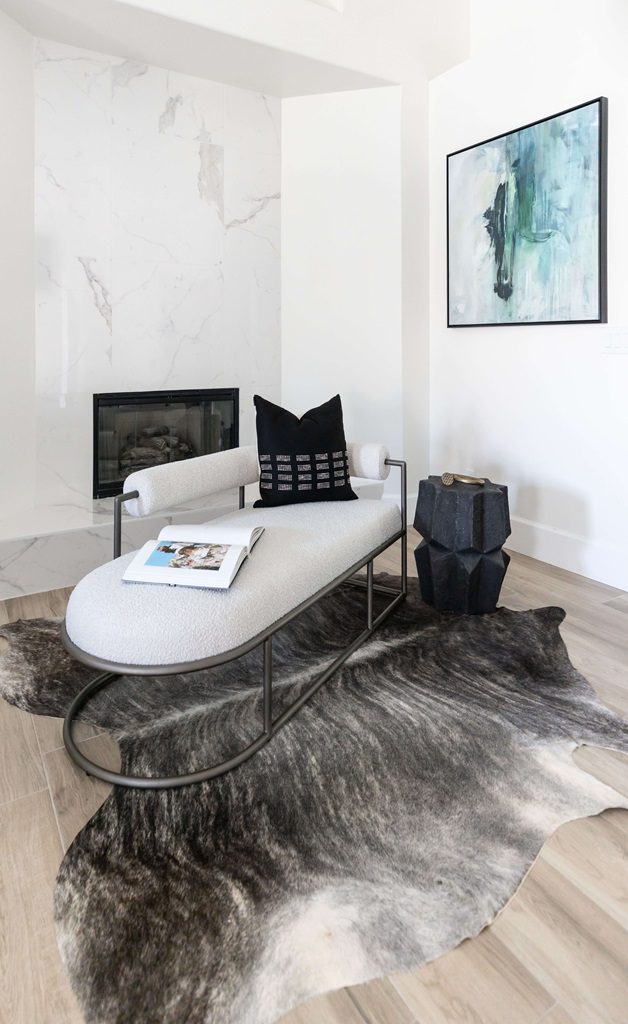
Comfort and Relaxation: Furniture and Layout
A thoughtfully planned furniture layout is critical for a peaceful space. Position your bed against a solid wall, away from entrances or windows, which can elicit a feeling of safety. Leave enough space to freely move around the bed and avoid crowding furniture into tight spots, as this can feel confining.
Opt for ergonomically-designed, supportive furniture. Your mattress and pillows are essential; choose designs that fit your sleep preferences. Bedside tables and soft lighting within reach can add to the room’s functionality and support wind-down routines before sleep.
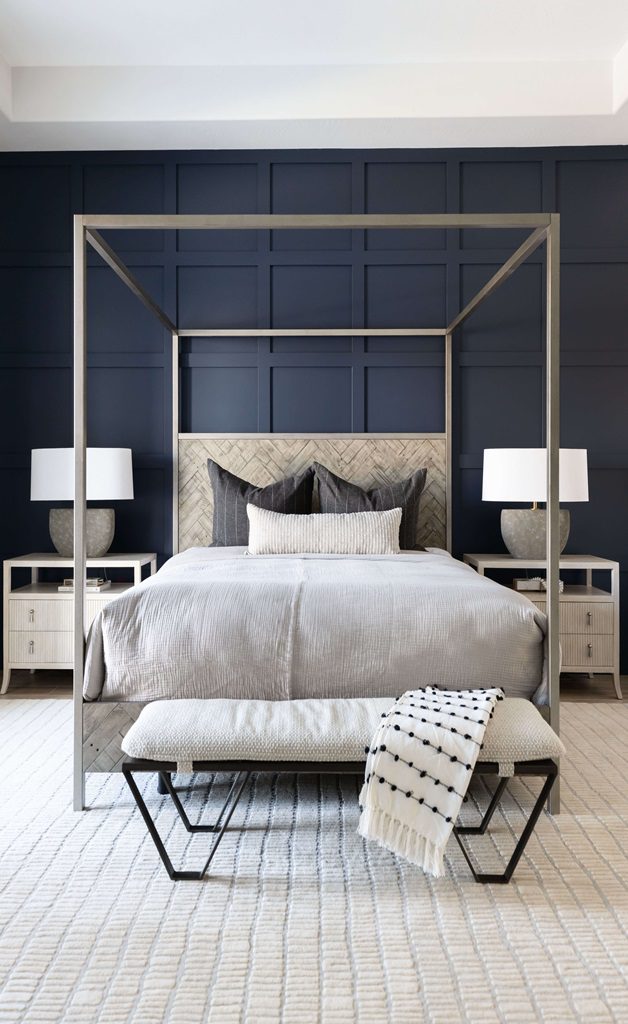
If you have enough room, consider adding relaxing features like a reading chair or a small bench at the foot of the bed, as long as they fit into the room’s dimensions and flow. Embracing minimalism maintains a clutter-free space and ensures every item has a purpose. These principles are central to effective sleeping room interior design, which prioritizes both practicality and comfort.
Sleep-Friendly Fabrics: Textiles and Materials
The textures and materials chosen for your bedroom can significantly affect your sleep. Begin with your bedding—invest in breathable fabrics like organic cotton or bamboo, as these promote ventilation and wick away moisture, ensuring your body temperature stays regulated all night.
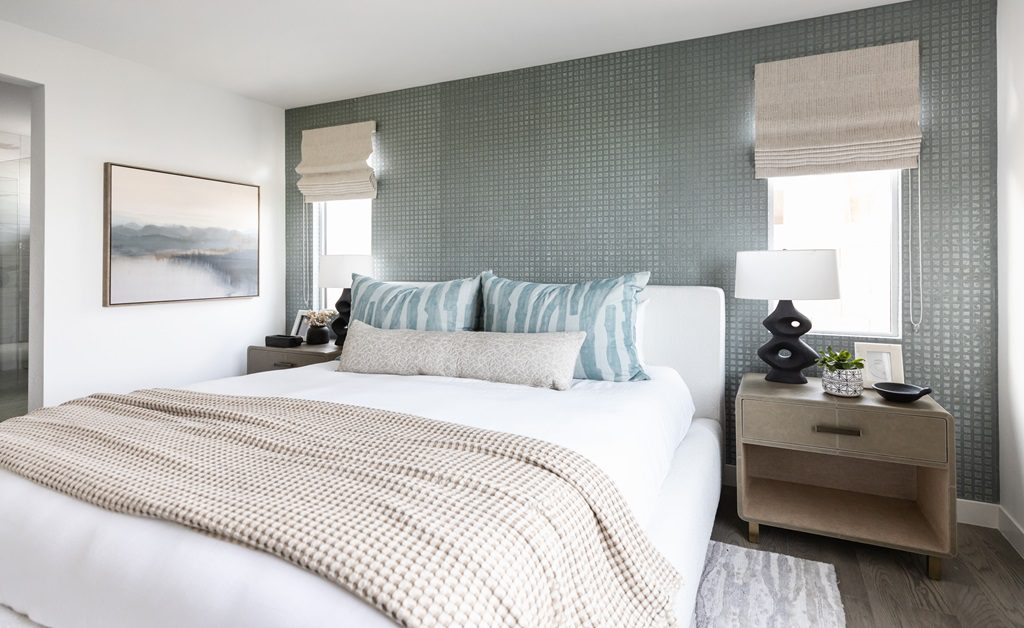
Enhance your bed with comfy, plush blankets or duvets. Choose materials that are pleasing to touch, but steer clear of fabrics that trap too much heat or feel rough against the skin. For rugs and curtains, consider hypoallergenic natural fibers like wool or linen, adding a cozy, warm touch to the room.
Don’t overlook window treatments. Thick, insulating curtains can block out light and external noise. Adhere to muted tones or patterns that blend with the overall color scheme while adding a hint of decorative style. If you’re considering a complete renovation, you might seek the expertise of remodeling companies in Paradise Valley to ensure your space meets both aesthetic and functional needs.
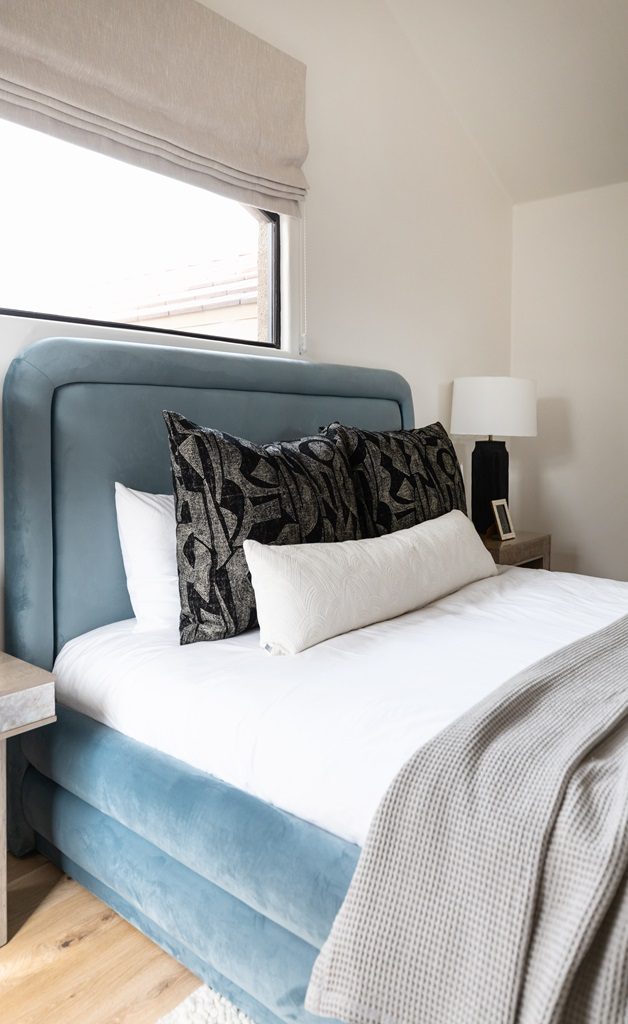
Sleep Quality Enhanced by Design
Designing your bedroom for improved sleep goes beyond just having an attractive room—it’s about creating a rejuvenating space that aligns with your natural sleep patterns. Every design element, from choosing tranquil colors to arranging the furniture strategically and selecting appropriate fabrics, contributes to enhancing your sleep quality. Effective interior design for better sleep can mean the difference between restless nights and waking up feeling refreshed, ready to seize the day.
Explore More: How to Design Your Dream Bedroom

Lauren Lerner is the founder of Living With Lolo, a nationally recognized Scottsdale interior designer and an Arizona licensed general contractor. She is celebrated for creating luxury homes that are warm, livable, and deeply personal, blending thoughtful design with seamless construction and curated furnishings. Recognized as one of Arizona’s top interior designers, Lauren has worked with celebrities, athletes, and executives across the country. Her work, known for its elevated yet inviting style, has been featured in multiple national publications. Guided by the belief that great design should feel as good as it looks, Lauren transforms houses into homes that truly reflect her clients’ lives.
